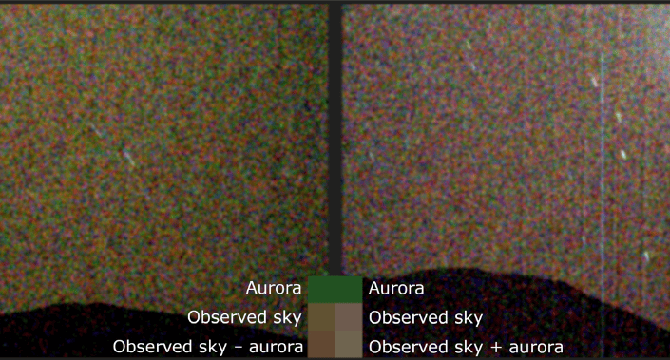Physicsworld
1M
41

Image Credit: Physicsworld
This is what an aurora looks like on Mars
- The Mars rover Perseverance has captured the first image of an aurora on the surface of another planet, which appeared greenish during a solar storm on 18 March 2024.
- Aurorae on Mars are generated when charged particles from the Sun interact with the planet's magnetic field, despite Mars having a weaker magnetic field due to the loss of its internal magnetic dynamo.
- Scientists had previously identified different types of aurorae on Mars through data from orbiting spacecraft at ultraviolet wavelengths.
- Observations of Martian aurorae were challenging due to the lack of visible-wavelength instruments on rovers, the focus on geological missions, and the fleeting nature of aurorae.
- Improvements in aurora forecasting helped researchers time their observations on Perseverance to capture the aurora, which appeared as a diffuse green haze in all directions.
- The discovery allows for the study of Martian aurorae variations over time and space, providing insights into particle transport and magnetosphere dynamics.
- The researchers emphasize the potential for visible-light instruments to simplify and reduce the cost of future aurora observations on Mars.
- Studying Martian aurorae can offer valuable information on the interaction between solar particles, Mars's magnetosphere, and upper atmosphere.
- The findings, published in Science Advances, lay the foundation for further research on Mars's aurorae and their implications in understanding planetary magnetospheres.
- This groundbreaking observation presents new opportunities to explore auroral phenomena beyond Earth and advance our understanding of planetary magnetospheres.
Read Full Article
2 Likes
For uninterrupted reading, download the app